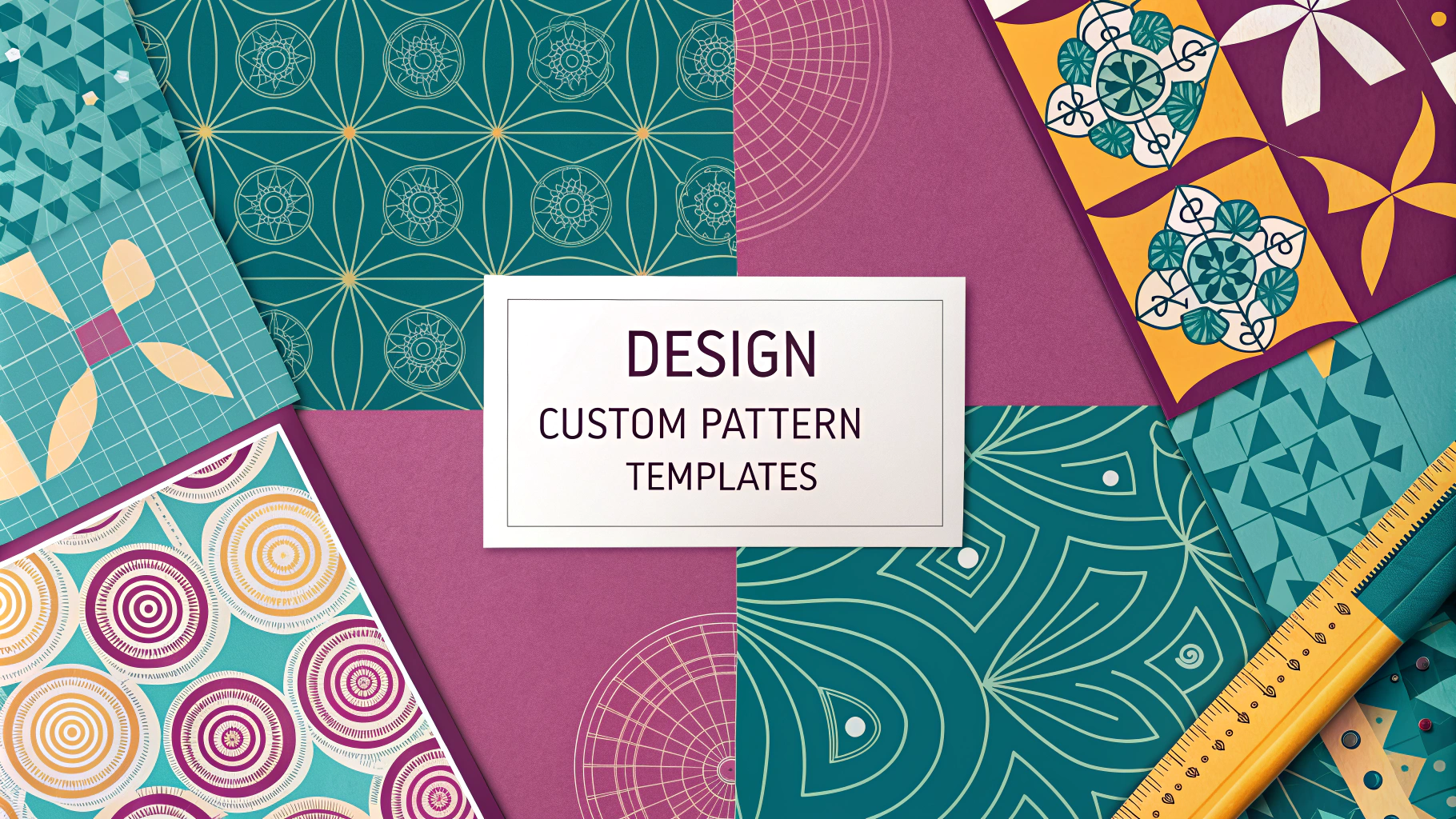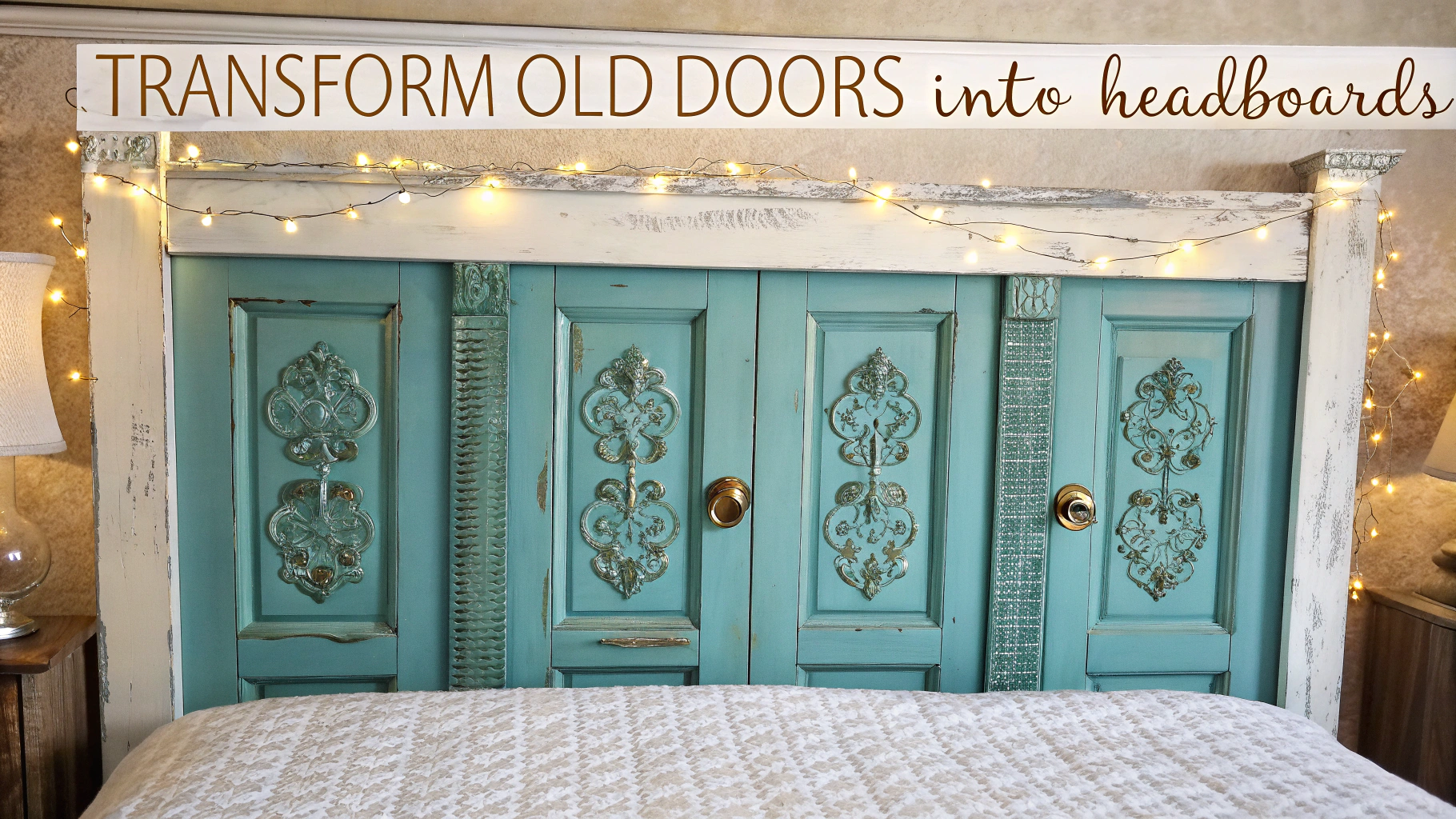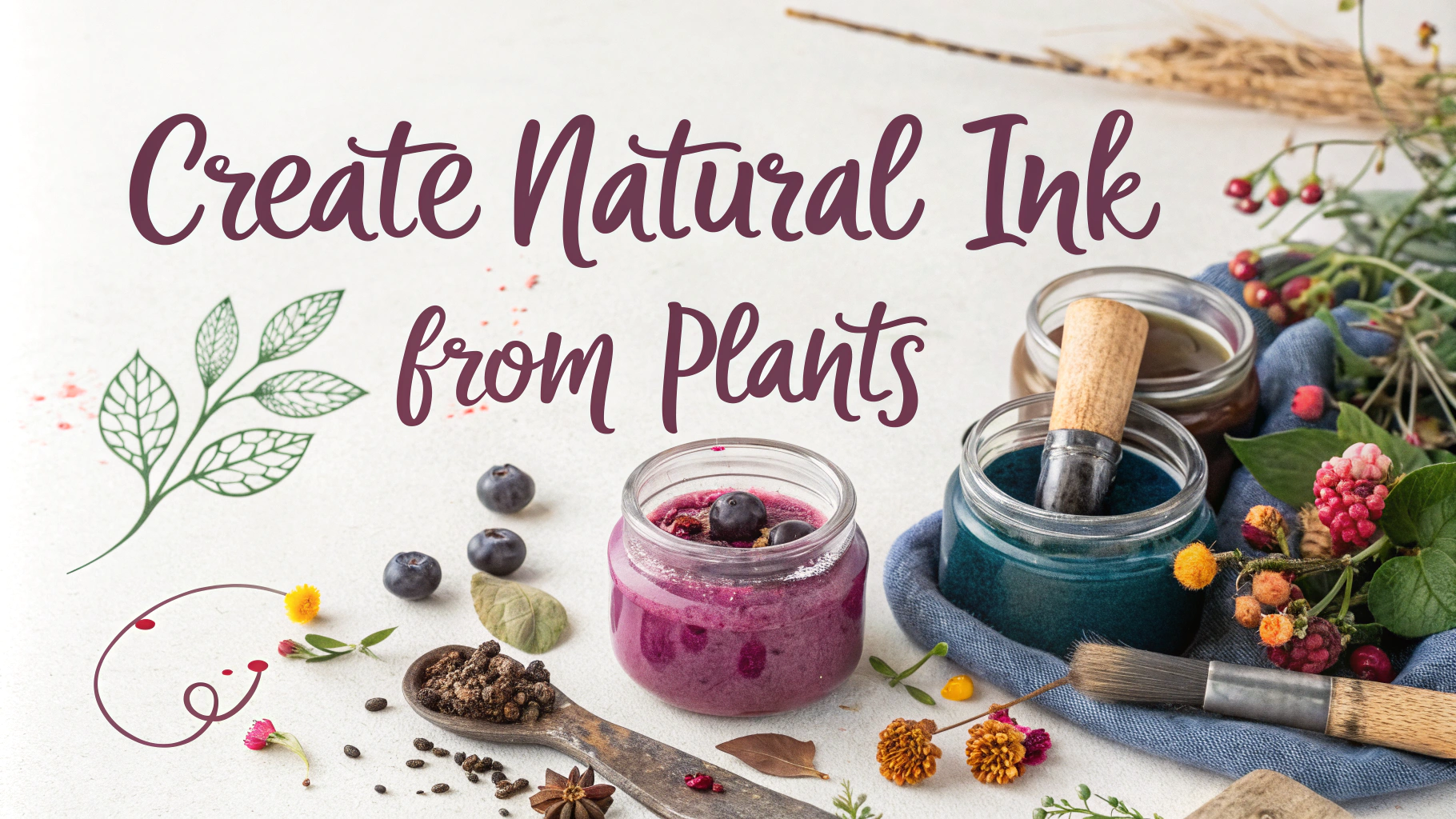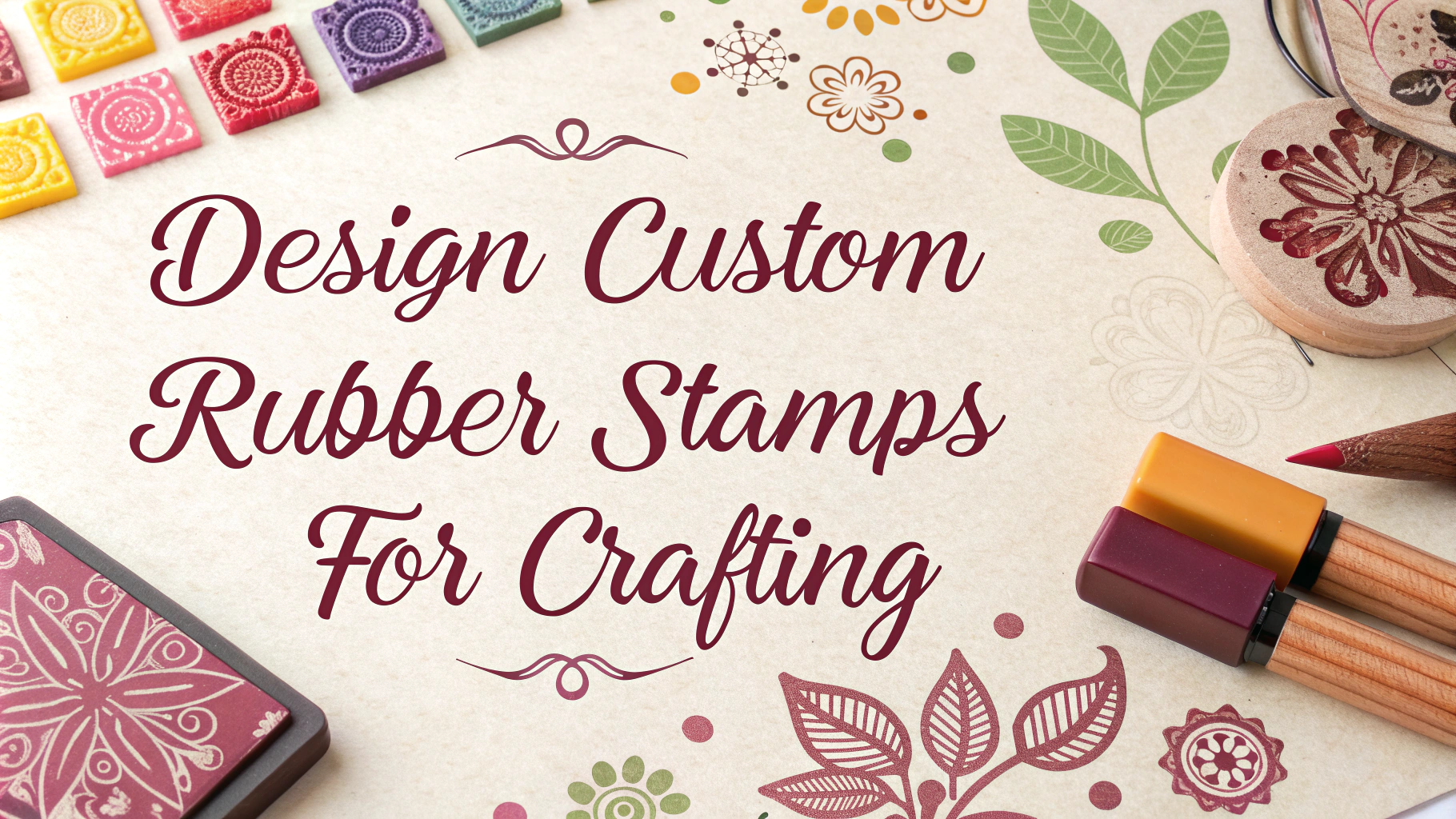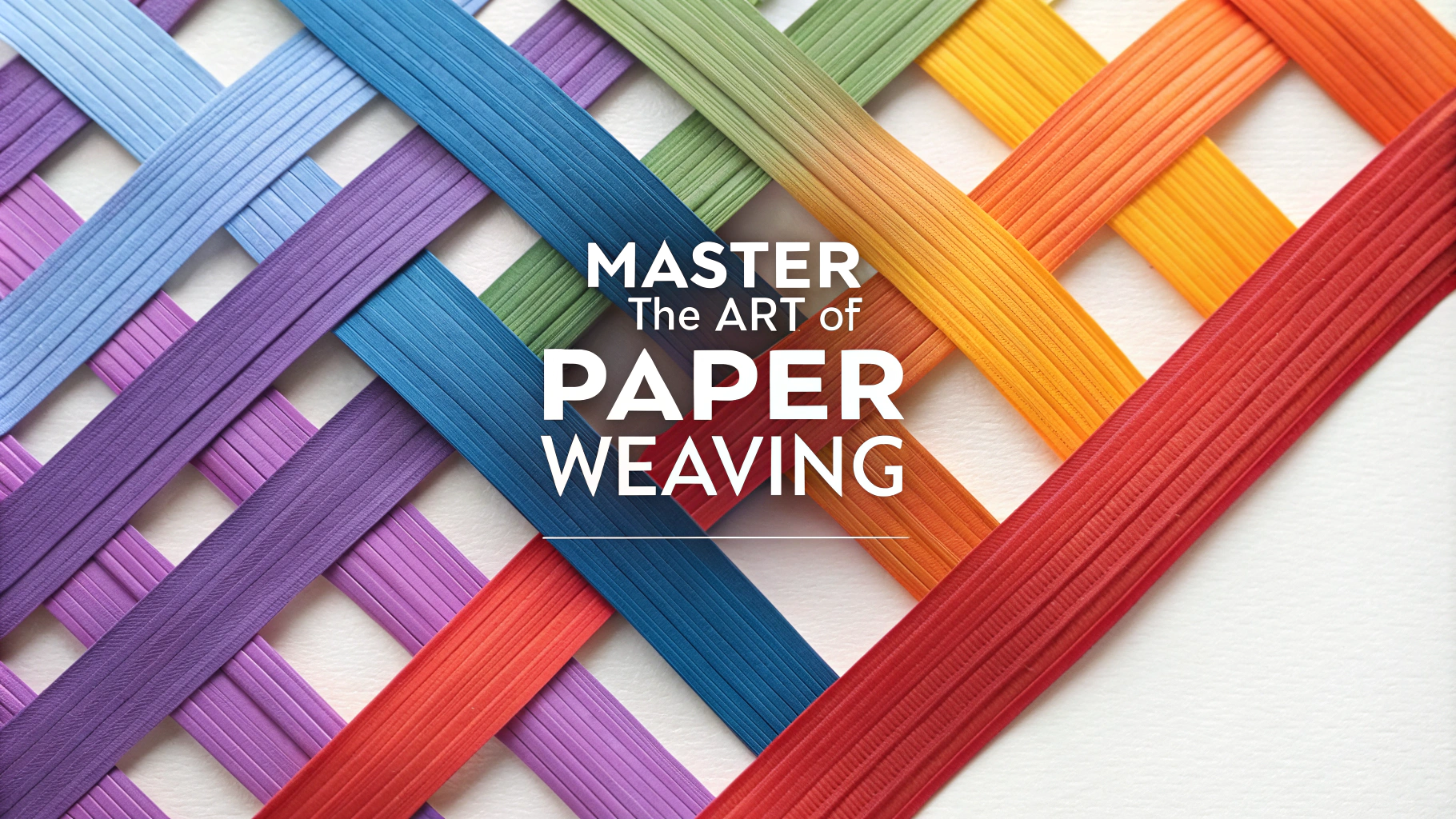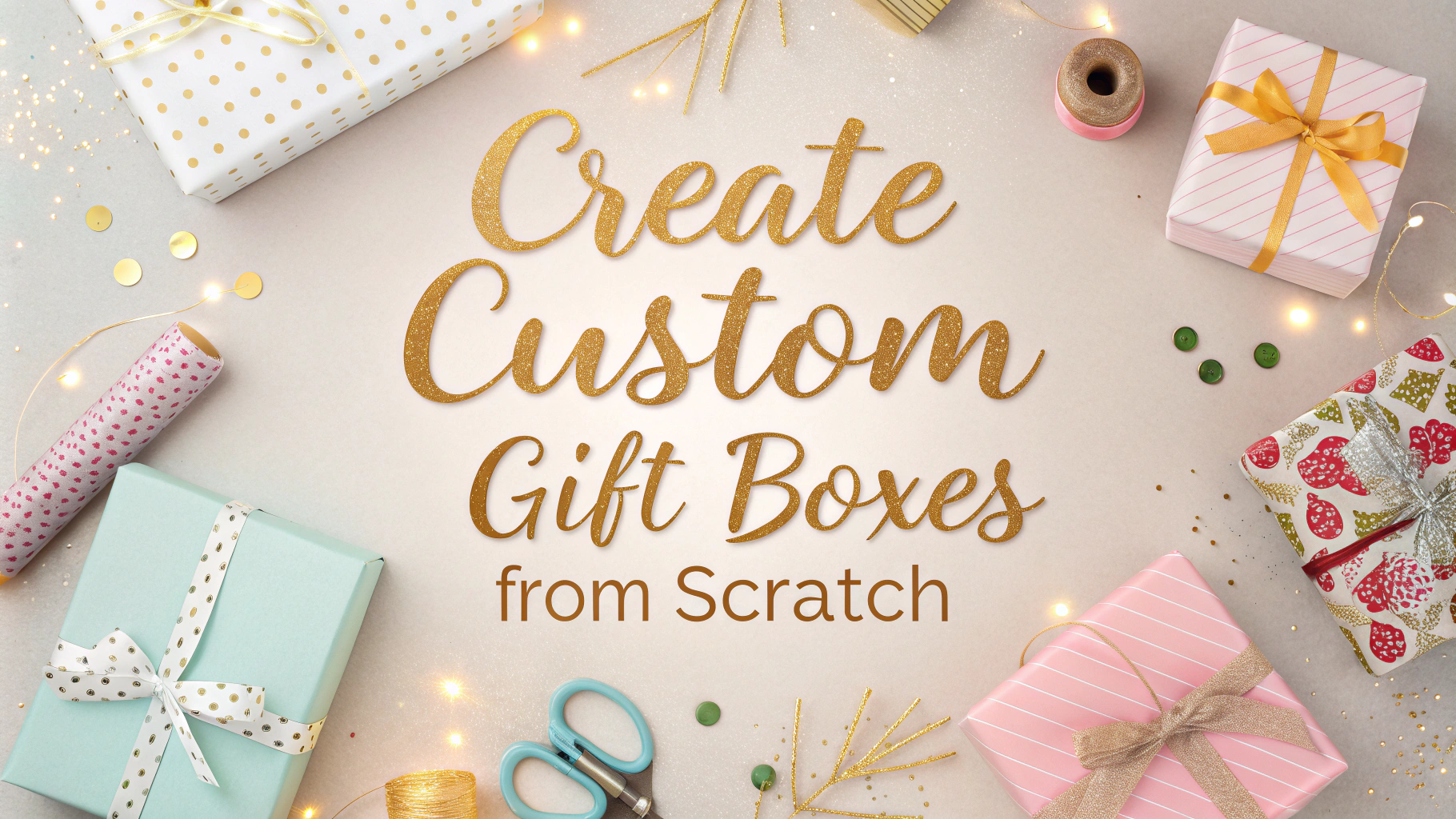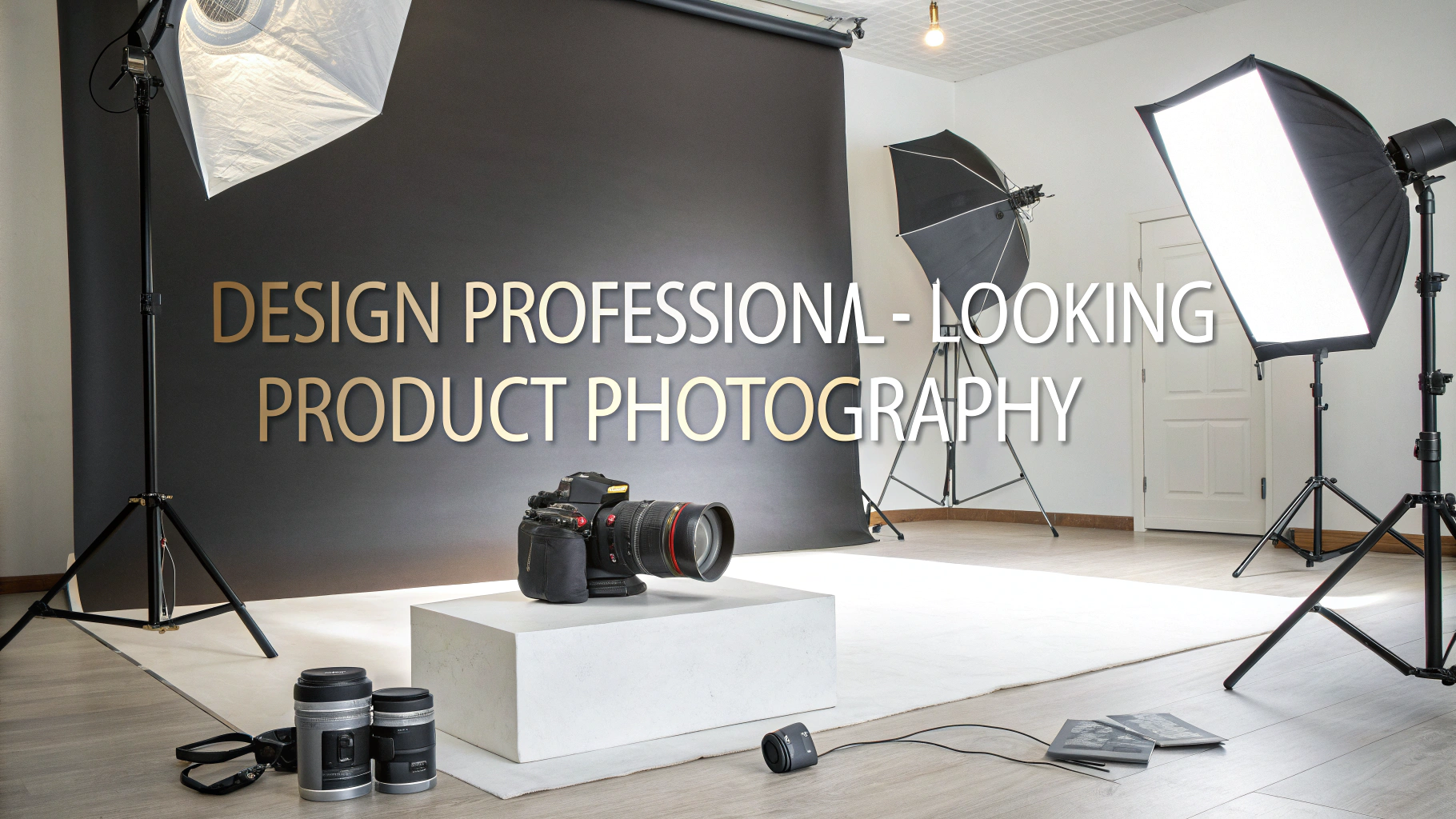Wood burning art, also known as pyrography, transforms ordinary wooden surfaces into stunning works of art using specialized heating tools.
Essential Tools for Wood Burning
A quality wood burning pen with temperature control serves as your primary tool for creating detailed designs.
- Basic wood burning kit ($30-50)
- Various pen tips for different effects
- Carbon transfer paper
- Sandpaper (150-220 grit)
- Respirator mask
- Safety glasses
Choosing the Right Wood
Light-colored hardwoods like basswood, birch, and maple provide excellent surfaces for wood burning projects.
| Wood Type | Best Uses |
|---|---|
| Basswood | Beginners, detailed work |
| Birch | Fine lines, shading |
| Maple | Professional projects |
Basic Techniques
- Line Work: Practice steady, consistent pressure for clean lines
- Shading: Build layers gradually from light to dark
- Stippling: Create texture using dots
- Cross-hatching: Layer intersecting lines for depth
Pattern Transfer Methods
Transfer your design using carbon paper or print directly onto the wood using a laser printer.
Safety Considerations
- Work in well-ventilated areas
- Never leave hot tools unattended
- Keep a fire extinguisher nearby
- Use respiratory protection when burning treated wood
Project Ideas
- Decorative boxes
- Custom cutting boards
- Wall art
- Personalized signs
- Photo frames
Finishing Your Work
Apply clear, food-safe finishes like mineral oil or beeswax to protect your completed pieces.
Resources
- Woodcraft Patterns – Pattern downloads
- International Pyrographic Society – Community support
- Local woodworking stores for supplies and classes
Contact your local woodworking store or community college for hands-on classes and workshops.
Advanced Techniques
Layering and Texture
Master complex shading by building multiple layers of burn marks and incorporating various textures for visual interest.
- Feathering strokes for soft transitions
- Circular motions for organic textures
- Negative space techniques
- Temperature variation for depth
Troubleshooting Common Issues
- Uneven burns: Adjust temperature and pressure
- Scorching: Lower temperature or increase speed
- Blotchy areas: Sand surface before starting
- Faded lines: Clean tips regularly
Maintenance Tips
Proper tool care ensures consistent results and longer equipment life.
- Clean tips while warm
- Store tools in protective cases
- Check electrical connections regularly
- Replace worn tips promptly
Professional Development
- Join pyrography associations
- Attend craft fairs
- Build an online portfolio
- Network with other artists
Conclusion
Wood burning art offers endless creative possibilities for both hobbyists and professional artists. With proper tools, techniques, and safety practices, you can create lasting artistic impressions on wood. Continue practicing different methods and experimenting with various woods to develop your unique style.
FAQs
- What is the best type of wood for wood burning art?
Basswood, birch, and maple are ideal for wood burning due to their light color, fine grain, and even texture. Pine can also be used but may produce inconsistent results due to varying densities between growth rings. - What temperature should I set my wood burning tool to?
For most projects, start between 600-750°F (315-400°C). Adjust based on wood type and desired effect. Softer woods require lower temperatures, while harder woods need higher heat. - How do I transfer patterns onto wood for burning?
Use graphite transfer paper, direct tracing with carbon paper, or print transfer using a laser printer and heat transfer method. Always ensure the wood surface is smooth and clean before pattern transfer. - What safety equipment do I need for wood burning?
Essential safety equipment includes a respirator mask, good ventilation, heat-resistant surface, proper lighting, and a stand for the burning tool. Never touch hot tips and work in a well-ventilated area. - How do I maintain my wood burning tips?
Clean tips while still warm (not hot) with fine steel wool or brass brush, store in a dry place, and regularly check for oxidation. Replace tips when they show signs of significant wear or damage. - How can I avoid burning through the wood?
Use light, controlled strokes and don’t hold the tool in one spot for too long. Practice consistent pressure and speed, and start with lower temperatures until you develop better control. - What’s the best way to shade in wood burning art?
Create shading by varying pressure and speed, using different tip temperatures, and applying multiple light passes rather than one heavy stroke. Work from light to dark areas gradually. - How do I finish my wood burning project?
After burning is complete, lightly sand any raised wood fibers, then apply clear protective finish like polyurethane, shellac, or wood oil. Ensure the piece is completely cool and clean before finishing. - How long should I let the wood burning tool heat up?
Allow 5-10 minutes for the tool to reach full temperature. Test the heat on a scrap piece of wood before starting your project to ensure consistent temperature. - Can I fix mistakes in wood burning art?
Minor mistakes can be sanded away if not too deep. Deeper burns may require wood filler or creative incorporation into the design. Prevention is best, so always work slowly and carefully.


